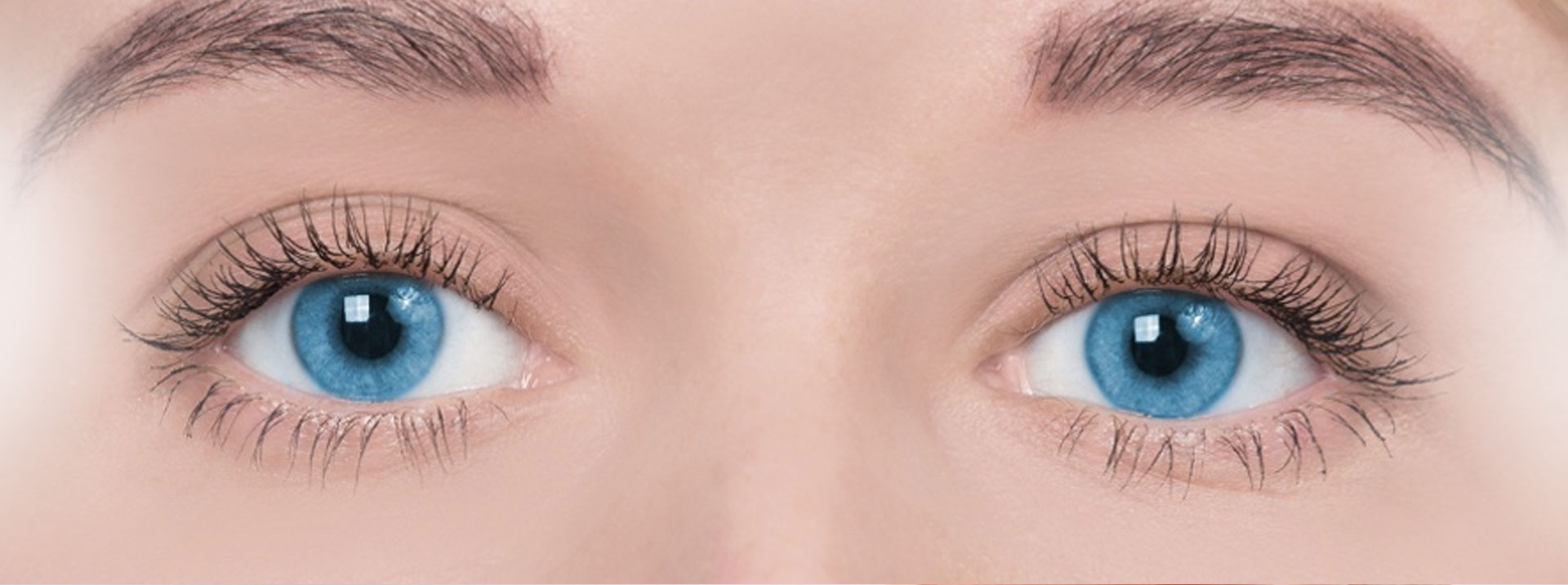Blepharoplasty (eyelid surgery) is a plastic surgery procedure for correcting sagging, drooping, tired looking eyelids. The eyelid, because its skin is much thinner than that in other parts of the face, is often one of the first facial areas to exhibit signs of aging. Eyelids that sag or droop can affect peripheral vision, making daily activities such as driving more difficult. Blepharoplasty may become necessary when various factors, which include aging, sun damage, smoking and obesity, cause the muscles and tissue that support the eyelids to weaken.

Reasons For Blepharoplasty
Blepharoplasty tightens the eyelid’s muscles and tissue, and removes excess fat and skin. Blepharoplasty eliminates the drooping of skin into the visual field, greatly improving peripheral vision. It is also performed for strictly cosmetic reasons.
COSMETIC BLEPHAROPLASTY
Blepharoplasty can be performed on either the upper or lower eyelid, or on both, for cosmetic purposes. For a lower eyelid that needs fat rather than skin removed, a transconjunctival blepharoplasty is performed. During transconjunctival blepharoplasty, an incision is made inside the lower eyelid, so there are no visible scars, and the fat is removed. This procedure has no effect on vision, but results in a person looking younger and more refreshed.
FUNCTIONAL BLEPHAROPLASTY
If the eyelids begin sagging into the field of vision, a functional blepharoplasty may be required. The procedure may be covered by medical insurance if it is deemed medically necessary. A determination of how much vision is affected is done by checking the peripheral visual field with an instrument called the Humphrey Visual Field (HVF) Analyzer.
It is important for a patient to have realistic expectations before undergoing cosmetic blepharoplasty. Although the procedure can enhance appearance and improve self-confidence, it does not radically alter the face.
Candidates For Blepharoplasty
The best candidates for blepharoplasty are those who are in good overall health, and do not have any serious eye conditions.
Blepharoplasty Procedure
Blepharoplasty is typically performed as an outpatient procedure requiring local anesthesia or sedation. General anesthesia may be used for those who prefer to be asleep. Patients can choose to have this procedure on their upper or lower eyelids, or both. The procedure can take anywhere from 45 minutes to one hour.
If the upper eyelid is being operated on, an incision is typically made along its natural crease. Once the incision is made, fat deposits are repositioned or removed, muscles and tissue are tightened, and excess skin is removed.
For transconjunctival blepharoplasty, an incision is made inside the lower eyelid, so there are no visible scars, and the fat is removed.
For the traditional lower eyelid surgery, an incision is made just below the lash line so that excess skin can be removed. Once healed, the scar is usually not visible.
After the procedure, the incisions are closed with one easily removed suture.
Recovery After Blepharoplasty
After blepharoplasty, patients may be advised to apply lubricating drops/ointment and cold compresses to aid in healing and minimize bruising. Most patients return to work within a few days to a week, but should avoid exercise and strenuous activities for at least two weeks. Most swelling and other side effects typically subside within two weeks. Contact lenses may be worn when comfortable, usually 1-2 weeks after surgery. You can hide most bruising with camouflage makeup after a few days. As a courtesy, our aesthetician Anne-Marie will show you how this is done. Although there may be swelling and bruising around the surgical site, it will subside on its own. The scars from blepharoplasty are well-concealed, and usually fade with time until they are virtually undetectable. Although the eyelids are still subject to aging, blepharoplasty produces long-lasting results.
Risks Of Blepharoplasty
As with any surgery, there are some risks involved. Your doctor will explain these to you during your consultation.
